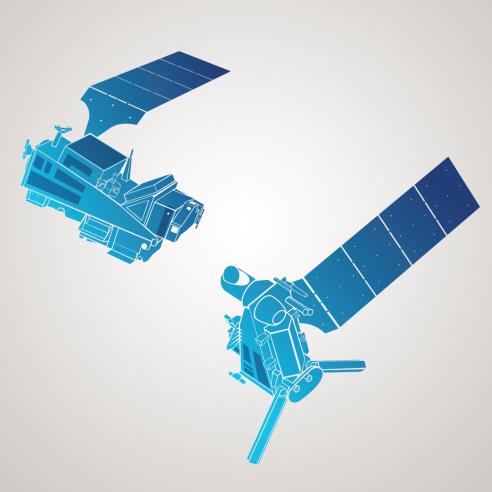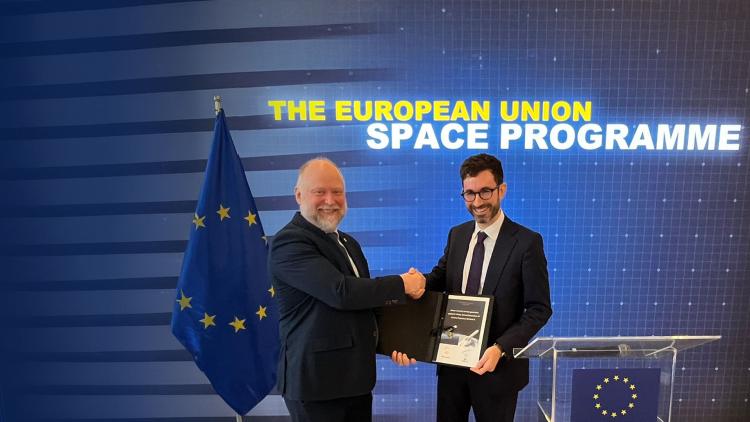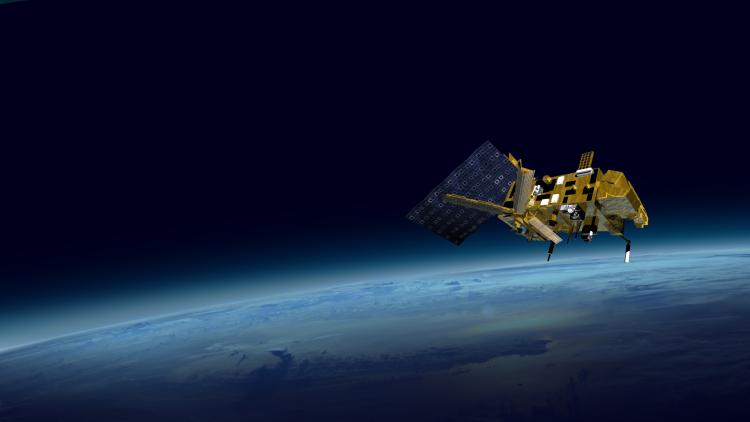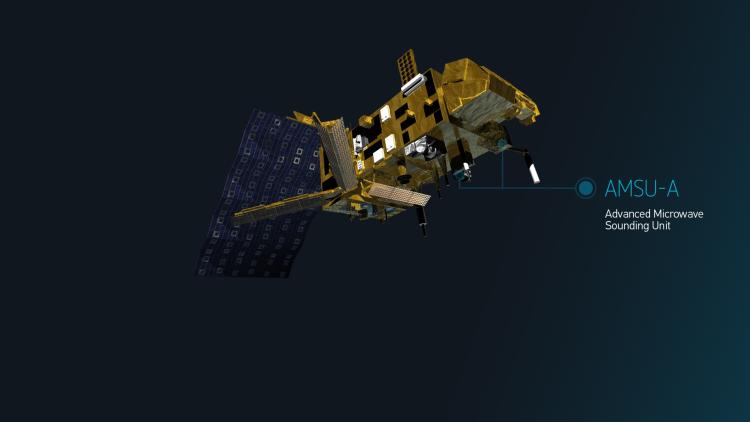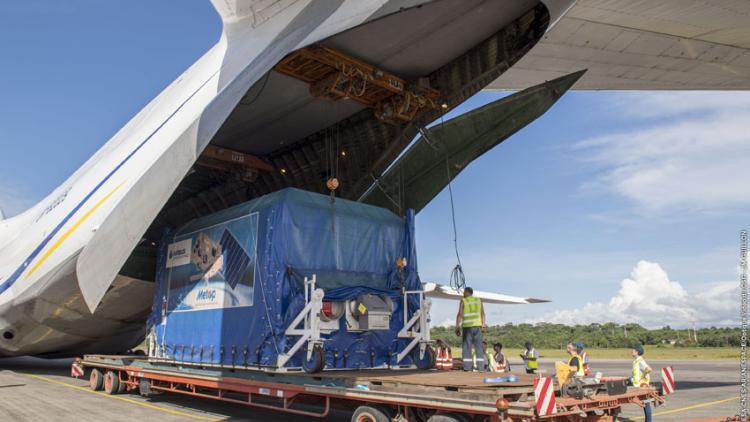15 September 2025
16 November 2022
Metop - Second Generation (Metop-SG) satellites are EUMETSAT’s next-generation polar-orbiting satellites. This mission will provide long-term continuity in measurements of the atmosphere, ocean, and land surfaces across the globe.
Its suite of 10 state-of-the-art instruments that measure atmospheric temperature and humidity, monitor air quality, detect wind across the ocean surface, and much more, will provide observations with substantially better spatial resolution, coverage, and accuracy than the first generation of Metop satellites. Crucially, these improved observations will enable meteorologists to improve life-saving weather forecasts and extend climate records. One particularly innovative instrument, the Ice Cloud Imager, will make its debut flight on Metop-SG satellites, offering a never-before-seen glimpse into the detailed microphysics of clouds.
A complete constellation of Metop-SG satellites consists of one optical imaging and sounding satellite and one microwave imaging and sounding satellite.


